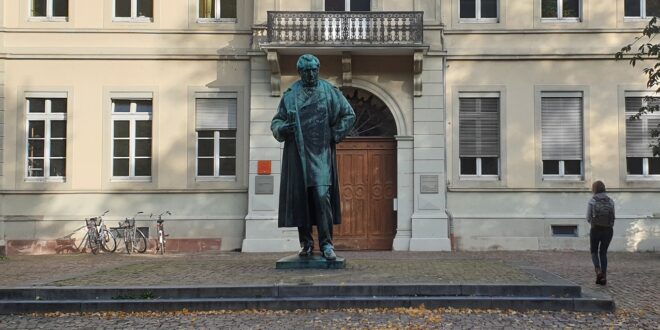A new study by the German Economic Institute (IW), commissioned by the German Academic Exchange Service (DAAD), has highlighted the significant economic benefits that international students bring to Germany. The research found that international students generate a return eight times greater than the government’s investment in their education.
With around 492,600 international students currently studying in Germany, the country has become one of the world’s most attractive destinations for higher education. The total student population of tertiary institutions of learning in Germany is around 2.8 million.
The study focused on the approximately 80,000 international students who began their studies in 2022, projecting that they will generate €15.5 billion in taxes and social contributions over their working lives—far exceeding state expenditures on their education.
DAAD President Joybrato Mukherjee emphasized that international students are not only an academic asset but also a crucial component of Germany’s economy. He pointed out that if at least 40% of each cohort remains in the country for three years after graduation, they will have already repaid the costs of their education through tax contributions.
Germany boasts one of the highest retention rates for international students, alongside Canada. According to OECD research, nearly 45% of students who arrived in 2010 were still in Germany ten years later, having significantly contributed to the economy. DAAD data also indicates that 65% of students who intend to graduate plan to stay in Germany, ensuring a steady supply of skilled workers.
Beyond long-term contributions, many international students support themselves through part-time employment during their studies, further benefiting the economy. However, challenges remain, particularly in transitioning from student jobs to permanent employment, especially amid economic downturns.
To maximize the potential of international students, DAAD is expanding initiatives to support their job market integration.
The IW recommends further integration efforts, including language support and smoother visa processes, to maximize the potential of international talent. As Germany faces skilled labor shortages, fostering global graduates’ retention remains key to sustaining economic growth.
While India remains the largest source of international students in Germany, students also arrive from China, Türkiye, Iran and various African countries, reinforcing Germany’s global appeal as an education hub.
Sola Jolaoso
 THE AFRICAN COURIER. Reporting Africa and its Diaspora! The African Courier is an international magazine published in Germany to report on Africa and the Diaspora African experience. The first issue of the bimonthly magazine appeared on the newsstands on 15 February 1998. The African Courier is a communication forum for European-African political, economic and cultural exchanges, and a voice for Africa in Europe.
THE AFRICAN COURIER. Reporting Africa and its Diaspora! The African Courier is an international magazine published in Germany to report on Africa and the Diaspora African experience. The first issue of the bimonthly magazine appeared on the newsstands on 15 February 1998. The African Courier is a communication forum for European-African political, economic and cultural exchanges, and a voice for Africa in Europe.






























